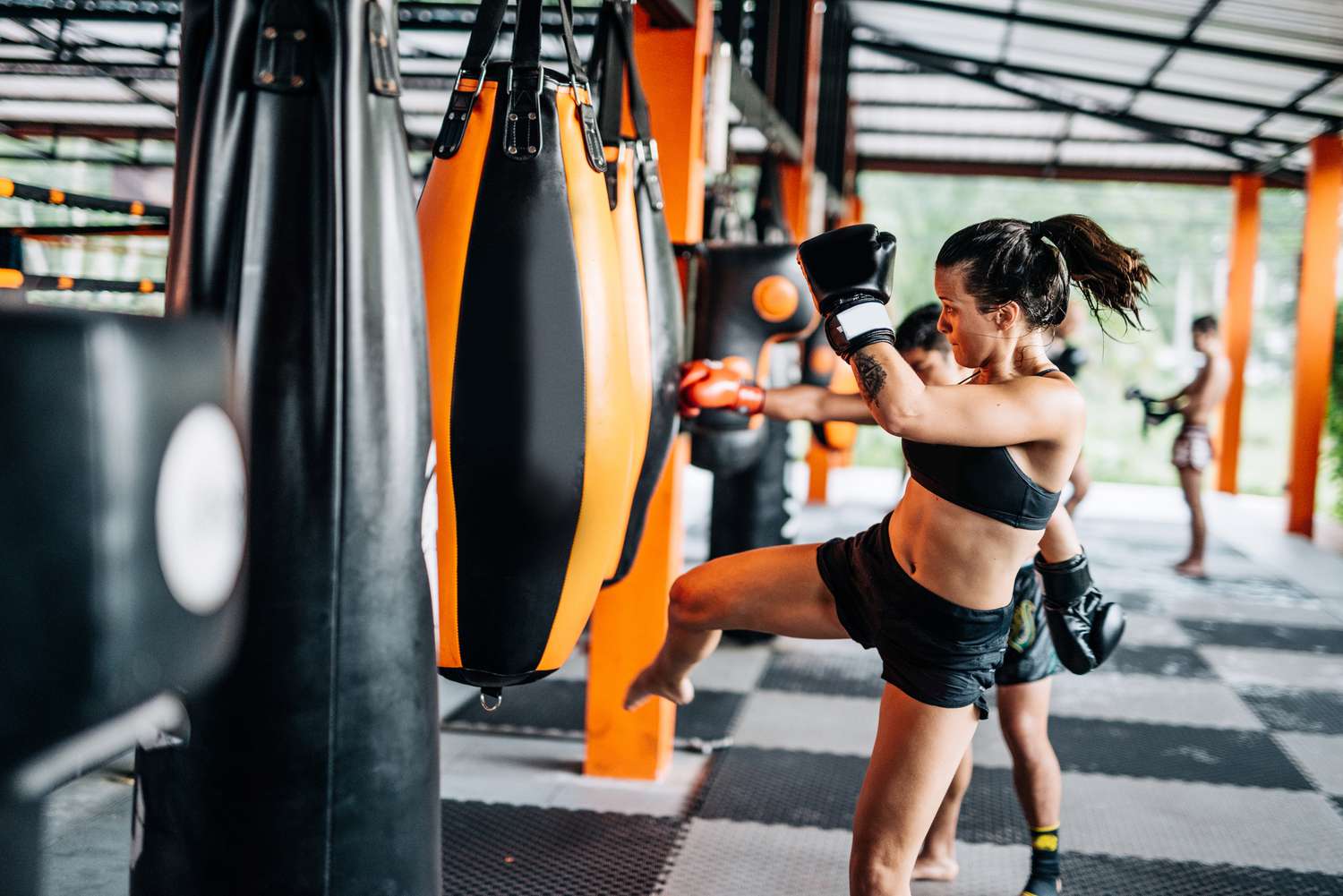
Mixed Martial Arts (MMA) is one of the most physically demanding sports in the world, requiring athletes to be well-rounded in multiple disciplines, from striking and grappling to endurance and mental toughness. Unlike traditional single-discipline combat sports, MMA fighters must condition their bodies and minds for a wide range of challenges. Their training goes beyond simple gym workouts—it’s a scientific process designed to push their limits while preventing injury. This article dives into the science behind how MMA fighters train for peak performance, examining everything from strength and conditioning to mental preparation.
Strength and Conditioning for MMA
To excel in the cage, fighters need a perfect blend of power, speed, endurance, and agility. Strength and conditioning programs are carefully designed to maximize these attributes while ensuring fighters maintain flexibility and explosiveness.
MMA strength training focuses on functional movements that mimic real fight scenarios. Fighters incorporate compound lifts like deadlifts, squats, and bench presses, which build full-body strength while improving core stability. Plyometric exercises such as box jumps and medicine ball throws enhance explosive power, essential for quick takedowns and powerful strikes.
Endurance is another critical aspect. Fighters undergo high-intensity interval training (HIIT), circuit workouts, and long-distance cardio to improve their stamina. The goal is to sustain a high work rate over multiple rounds without fatiguing—a necessity in professional MMA where five-round fights are common.
Nutrition and Weight Cutting
MMA is one of the few sports where athletes frequently compete in weight classes, making nutrition and weight management a key part of training. Fighters follow strict diets tailored to their energy needs, often prioritizing lean proteins, complex carbohydrates, and healthy fats to fuel training sessions.
However, the most controversial part of MMA nutrition is weight cutting. Many fighters dehydrate themselves in the days leading up to a weigh-in, sometimes shedding up to 10-15% of their body weight. This process requires careful management, as excessive dehydration can lead to decreased performance, increased injury risk, and even long-term health consequences. The use of rehydration and recovery strategies post-weigh-in, such as IV therapy (where allowed) and electrolyte replenishment, plays a significant role in a fighter’s ability to perform at peak levels on fight night.
Recovery and Injury Prevention
Training at such high intensity places tremendous strain on a fighter’s body, making recovery a critical component of MMA preparation. Fighters incorporate various recovery techniques, including active stretching, deep-tissue massage, cryotherapy, and compression therapy, to reduce muscle soreness and enhance mobility.
Injury prevention is also at the forefront of an MMA fighter’s training regimen. Due to the high-impact nature of the sport, strength training for joint stability, regular physical therapy, and smart sparring strategies help minimize injuries. Many fighters also focus on movement drills that improve agility and balance, helping them avoid unnecessary damage inside the cage.
Mental Preparation and Fight Psychology
MMA is as much a mental game as it is a physical one. The psychological demands of the sport require fighters to develop strong mental resilience. Many employ sports psychologists, visualization techniques, and meditation to stay calm under pressure and maintain focus during fights.
Mental preparation also involves strategic fight planning. Fighters and their coaches spend hours studying opponents, analyzing tendencies, strengths, and weaknesses to develop game plans tailored for specific matchups. Being mentally prepared helps fighters adapt to unexpected situations in the cage and remain composed under pressure.
The Future of MMA Training
As the sport evolves, so do training methodologies. Sports science continues to play a larger role, with advancements in biometric tracking, AI-driven performance analysis, and recovery innovations reshaping how fighters prepare. From data-driven training regimens to virtual reality sparring simulations, the future of MMA training is becoming increasingly sophisticated.
Conclusion
MMA fighters are some of the most well-conditioned athletes in the world, combining strength, endurance, nutrition, and mental toughness to reach peak performance. Training is no longer just about hard work; it’s about smart, science-backed methods that enhance performance while protecting longevity. As sports science continues to advance, fighters will have even more tools at their disposal to push their limits, ensuring that the sport remains one of the most thrilling and competitive in the world.
